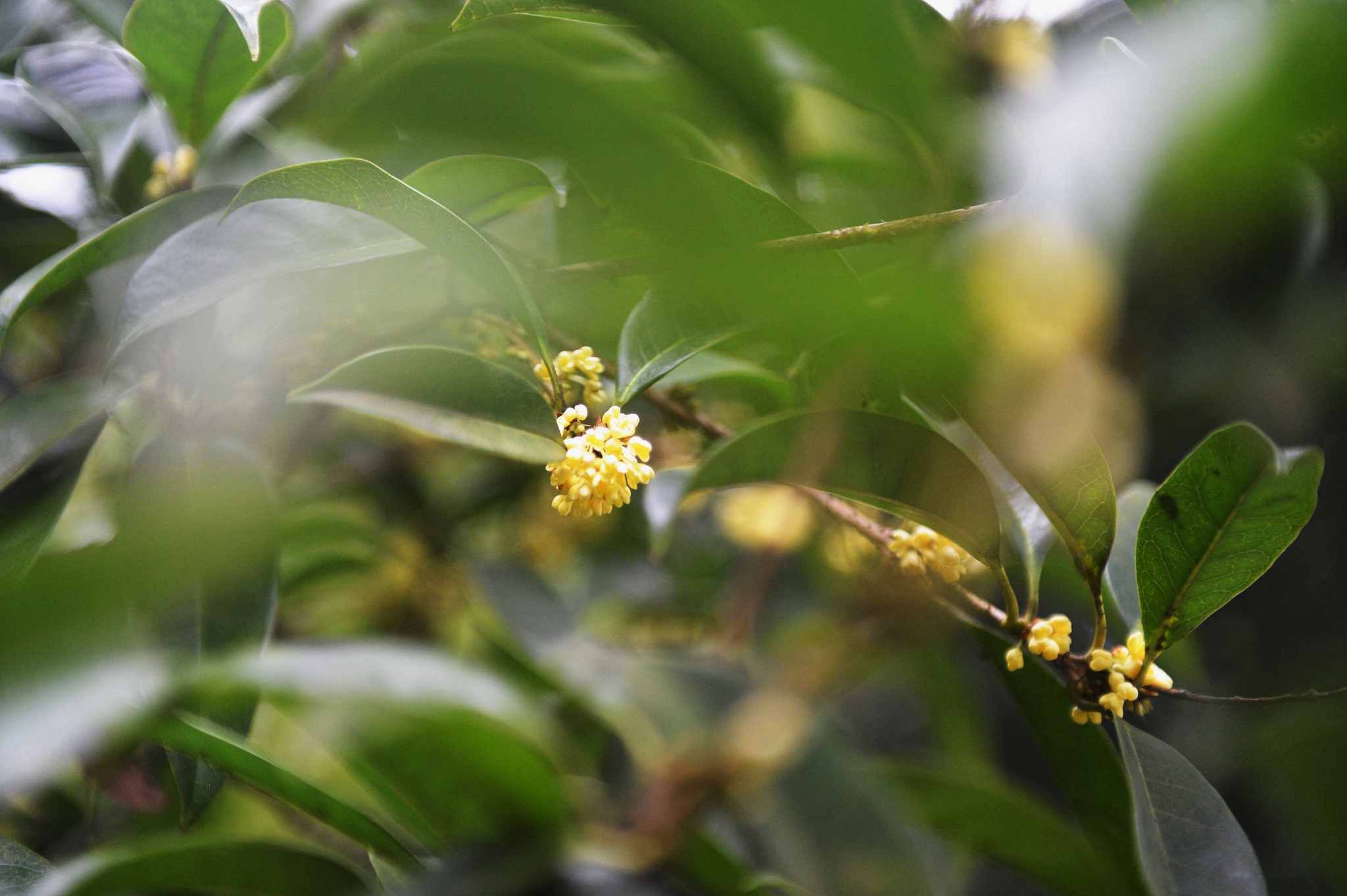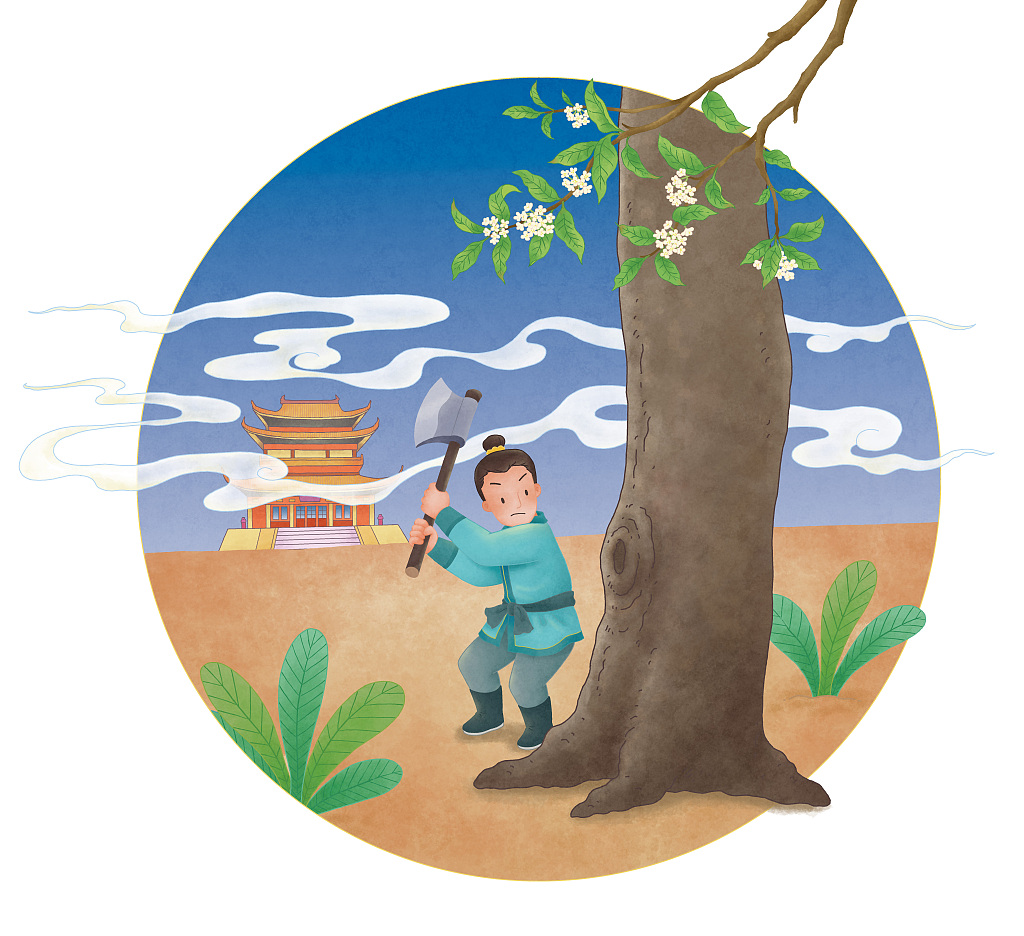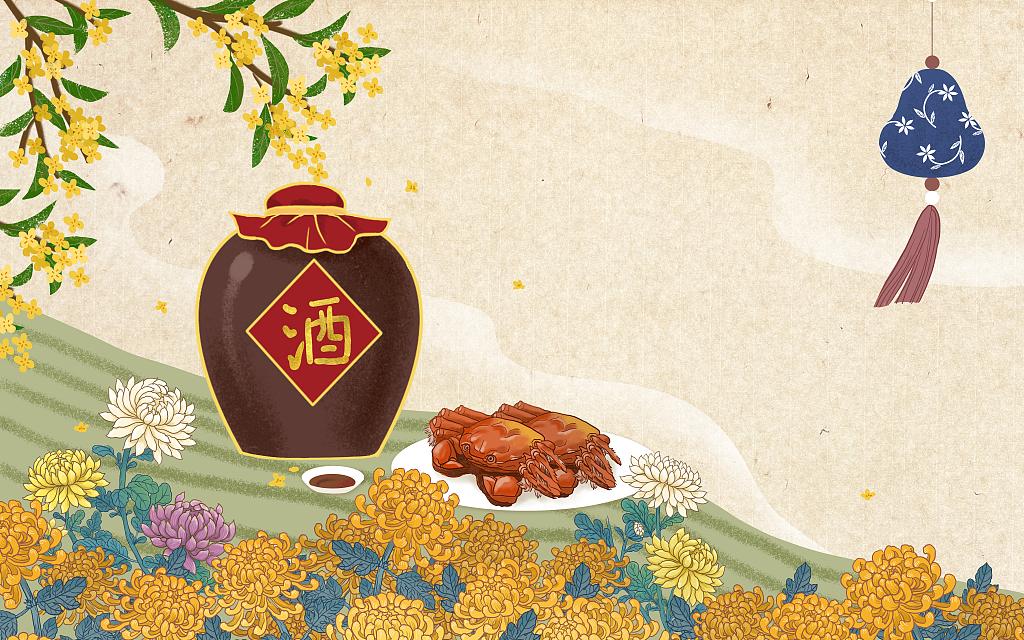"Hangzhou's first osmanthus blooms!" As soon as the heat cooled down, the "star" osmanthus tree at Hangzhou Zoo couldn't wait to present the season's first osmanthus fragrance to tourists.
The osmanthus tree in Hangzhou Zoo, one of the most well-known in east China's Zhejiang Province, has been honored as the "Earliest flowering osmanthus in the city" for several years. It's blooming is seen as the prologue of autumn for many Hangzhou residents.

The osmanthus tree in Hangzhou Zoo blooms, Hangzhou, Zhejiang Province. /CFP
The osmanthus tree in Hangzhou Zoo blooms, Hangzhou, Zhejiang Province. /CFP
Osmanthus is one of the top 10 traditional Chinese flowers. It is found in many regions in China, including the most famous five producing areas: Hangzhou, Zhejiang Province, Wuxian, Jiangsu Province, Xianning, Hubei Province, Xindu, Sichuan Province and Guilin, Guangxi Zhuang Autonomous Region.
The osmanthus is not only widely planted in China, but also has a very long cultivating history – more than 2,500 years.
Osmanthus is mentioned in the "Classics of Mountains and Seas" of the Warring States Periods (475–221 BC). From the Han Dynasty (202 BC-220 AD) to the Wei, Jin, and Northern and Southern dynasties(420-589), osmanthus has been a valuable flower and a symbol of good things. By the Tang Dynasty (618-907), it was very common for scholars to plant osmanthus at home and it became popular to write about it in poems.

Chinese folklore about Wu Gang and the self-healing osmanthus tree on the moon. /CFP
Chinese folklore about Wu Gang and the self-healing osmanthus tree on the moon. /CFP
There are many legends about osmanthus in Chinese folklore, among which the most famous is probably the story of a man named Wu Gang.
The story goes like this: there is an osmanthus tree on the moon and Wu Gang, a man living during the Han Dynasty, is ordered to cut it down because it did not obey the rules when learning from the immortal. However, the tree can self-heal. The divine punishment led to Wu being described as Chinese Sisyphus.

A pot of sweet-scented osmanthus wine is a must-have drink for many Chinese families during the Mid-Autumn Festival. /CFP
A pot of sweet-scented osmanthus wine is a must-have drink for many Chinese families during the Mid-Autumn Festival. /CFP
The Chinese have also incorporated their love of osmanthus into their food culture.
A pot of sweet-scented osmanthus wine is a must-have drink for many Chinese families during the Mid-Autumn Festival. For those who have a sweet tooth, there are many desserts made with osmanthus flowers in China.
In the season of blooming osmanthus, people who love its sweet scent just need to boil osmanthus and honey together into a syrup. Any bland food with the sweet treat drizzled on top will immediately become an autumn treat.
(Top image designer: Li Wenyi)

